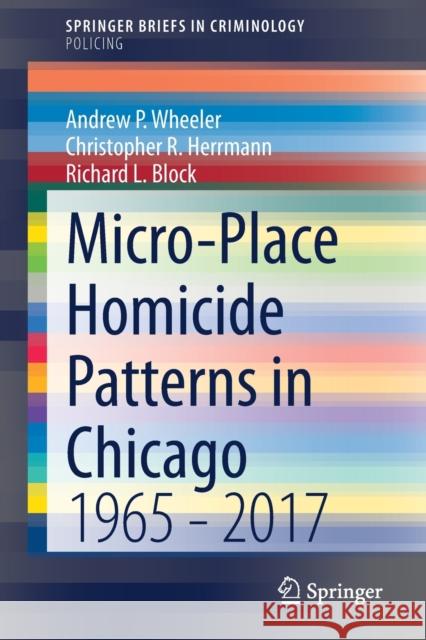Micro-Place Homicide Patterns in Chicago: 1965 - 2017 » książka
topmenu
Micro-Place Homicide Patterns in Chicago: 1965 - 2017
ISBN-13: 9783030614454 / Angielski / Miękka / 2020 / 75 str.
Kategorie:
Kategorie BISAC:
Wydawca:
Springer
Język:
Angielski
ISBN-13:
9783030614454
Rok wydania:
2020
Wydanie:
2021
Ilość stron:
75
Waga:
0.14 kg
Wymiary:
23.39 x 15.6 x 0.46
Oprawa:
Miękka
Wolumenów:
01
Dodatkowe informacje:
Wydanie ilustrowane











